Let’s start with the obvious.
There is no typical day for a Chief Technology Officer, just as there is no typical role for a Chief Technology Officer.
So we’ve focused this article around some of the daily issues that can typically emerge in this key leadership role, particularly for a CTO working dealing with the business goals and technological needs of an early stage and fast growth company.
If you’re in a similar role, some of this may chime with you.
If not, I hope it’s an interesting peek with relevant information about like at the CTO coalface.
1st thing on my daily to do list check no disasters have happened overnight and in order of priority;
No security breaches.
No systems gone down.
No one in team has quit [early stage companies always at risk of this one!]
No angry emails from customer(s) [ditto]
No angry email from the Chief Executive
Breakfast don’t forget to eat.
Then it’s off to the proverbial water cooler (online these days) and some of the small talk that is necessary and valuable to oil the wheels within a small team and business. It also enables me to get more of a deep understanding of colleagues, even though it doesn’t always feel a natural part of my job description.
Then it’s back into the mix.
Attend a stand up meeting where the approach will depend on the size of your team and lots of discussion about what is the optimum size of a team If the team is small then I’m scrum master and leading the meeting.
Remember to engage all members of the team, allowing them to get their views across.
Confirm goals for the day, leave longer conversations until later.
If the team is larger, then let the scrum master run the meeting. You may choose not to attend all meetings but I find it useful to attend at least one a week. As an observer, I try keep my mouth shut unless I need to correct any major issues or misconception about wider strategy.
In them olden days, it was rare for the CTO and/or tech team to get their hands dirty with those pesky customers. Now it’s increasingly common that the tech team get direct market feedback to the problems they are solving and kit they are building.
What is CTO, again?
A Chief Technology Officer is a technical leadership role with many variables, business goals, corporate strategy, team members, technical vision, enterprise systems, and related tasks.
Without a doubt, a primary responsibility is delivering a technical strategy that is aligned to wider business goals.
The effective CTO is in high demand as companies of all sizes have tech major tech functions and are becoming increasingly digitalized.
A Chief Technology Officer could be described as the poster boy or girl for the technology side of a business.
If wondering about that statement and where the CIO fits in, well the very simplistic definition of their respective roles is that the CIO tends to be internal facing, the CTO tends to be externally focused with executive responsibility for the technology, team, and product.
They’re also expected to be the in-house futurologist with an understanding of technology trends and how they might impact the wider business strategy.
A deep understanding of tech is a given for any CTO but traditionally that might have been the only expectation, yet in recent times the role has become much more customer-focused and required a significant broadening of the skill set.
Coming out from behind the keyboard requires parking some of the technical skills, or at least placing them on an equal footing with the leadership and management skills you will need to become an effective tech leader.
And that’s not always an easy move for most technologists, who have grown up with and become expert at the technical, whilst not always having a natural aptitude for the managerial.
General Responsibilities:
- Technical Strategy and Strategic thinking
- Advising on technology trends
- Building and managing development teams
- Providing technical leadership
- Operational management
- Customer relations, often acting as a middleman while delivering technical services to the target market
- Representing the tech team in the C-suite
- Working closely with the marketing and sales teams while being in direct communication with the CEO
- Understanding the technological needs to drive company growth
- Technology management
(to be continue)

